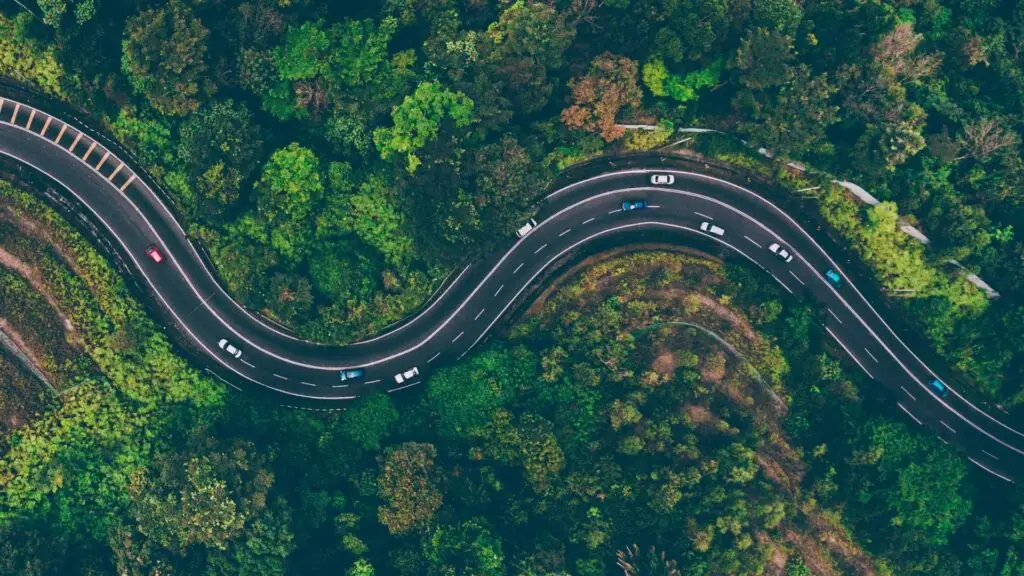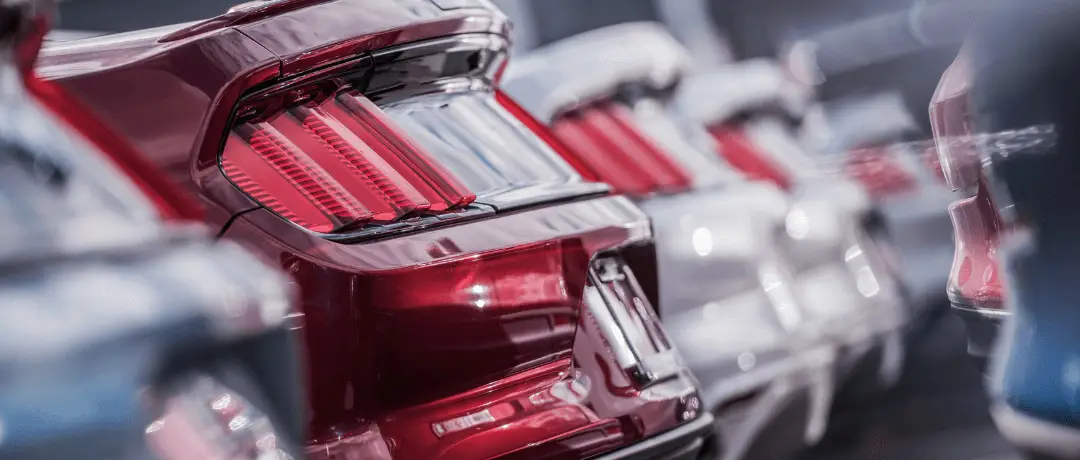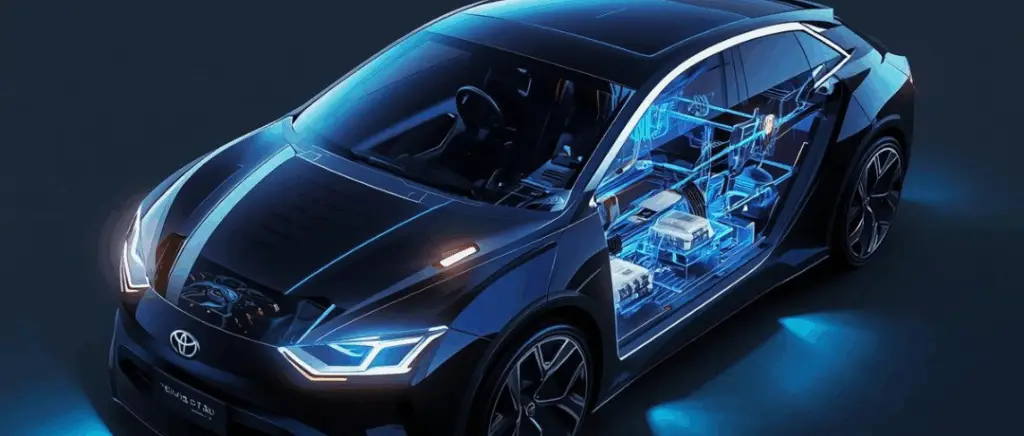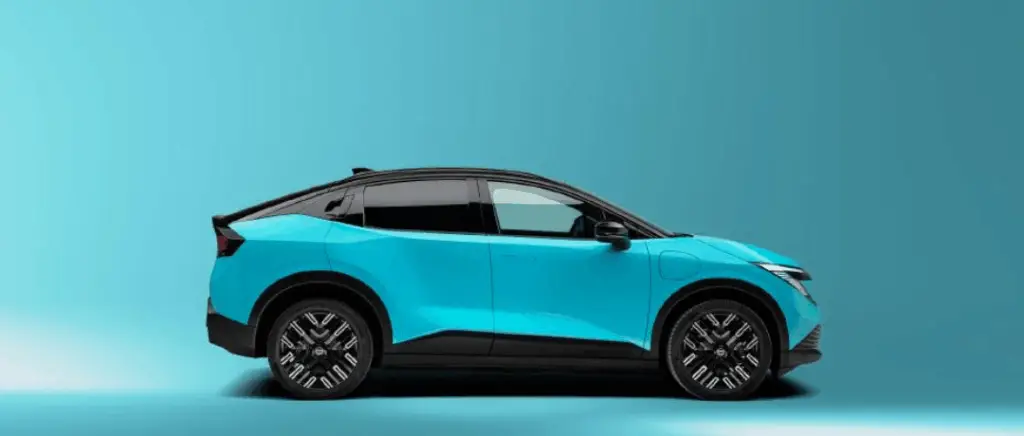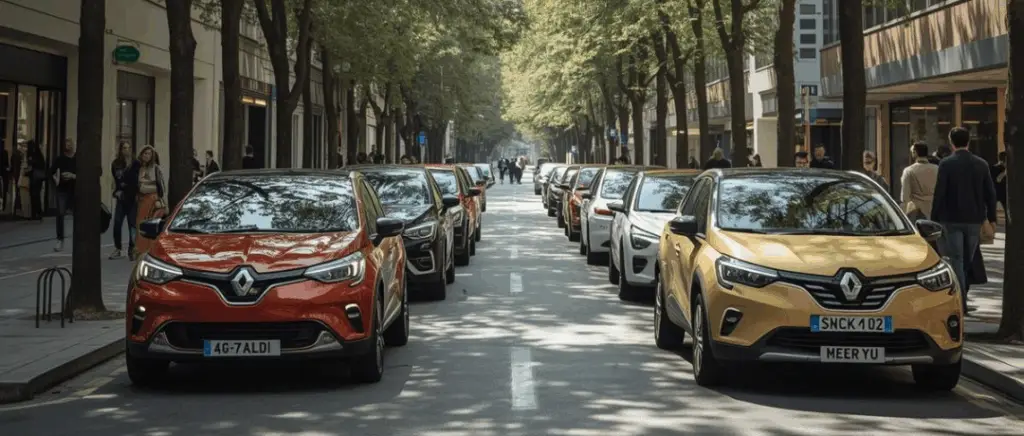Monday to Friday 9am - 12.30pm - 2pm - 7pm
What is the LOM law?
La Mobility Orientation Act (LOM) aims to redefine mobility for citizens. Initiated by the Ministry of Ecology and the Ministry of Transport, it follows on from the Assises de la mobilité (Mobility Conferences) held in 2017.
Comprising 50 articles tabled in November 2018, it was adopted on 18 November 2019 by the National Assembly.
The text includes a number of measures relating to means of transport, accessibility and urban infrastructure.
What are the challenges ahead?
The aim of the LOM law, which radically reforms mobility, is to respond to the 3 main challenges facing France's mobility policy. Keywords: Mobility, Environment and Infrastructure policy.
- Improving the efficiency of the mobility system The aim is to reduce the existing social and territorial divides that have arisen as a result of shortcomings in mobility policy. The introduction of an efficient mobility system should address the current shortcomings.
- Responding to the ecological and climate emergency through environmentally-friendly transport. The aim is to achieve carbon neutrality by 2050 through the decarbonisation of transport.
- Defining a new infrastructure policyless focused on links between metropolises. The aim is both to relieve congestion and to open up areas where the transport network is obsolete.
13 key measures to remember
Among the 232 amendments to this colossal text, here are a few measures to remember from the LOM law:
1. Improve existing networks
One of the priorities of the LOM law is first and foremost to improve and maintain existing transport networks as effectively as possible over the next ten years. Modernising the road, river and rail networks will ensure that the new infrastructure is both safe and efficient.
2. 400 euros/year paid to employees who carpool or cycle
The mobility package is one of the major challenges of the LOM law. From 1er From 1 January 2020, employers will be able to pay up to 400 euros a year towards the travel costs of employees who carpool or use a bicycle on their home-work journey. This lump sum is exempt from tax and social security contributions.
3. Limiting the use of private cars
The LOM law aims to find alternatives to the private car through the development of reserved lanes for carpooling, as well as the introduction of shuttles. An experiment is currently underway at the Cité des Alpes-Maritimes.The aim is to improve journeys from home to work, with shuttles running from bus stops to businesses.
4. Charging your electric vehicle anywhere
By 2022, the number of charging points for electric vehicles will have increased fivefold. Currently, there are 227,000 electric vehicles available, but only 26,000 charging points. Users will be able to benefit from the necessary equipment in car parks with more than 10 spaces, and in newly built or renovated buildings.
The aim is to improve access to recharging points, which are currently too few and far between in towns and cities. local authorities see the Ministries of Transport and Ecological Transition, in a press release : "While 90% of recharging is currently done at home, 7 million households have a car park space in a condominium where it is not always easy to install a recharging point, and 12 million households have no private parking space at all"..
The local authorities is promising to provide electric car owners and users with a charging point within 500 metres of their home or place of work. They will also receive a grant of €2,160 to cover the installation and cost of the necessary equipment, as well as the maintenance of the electrical network.
5. More clean vehicles in companies
LOM encourages the energy transition within companies. Companies with a total fleet weight of less than 3.5 tonnes will have to acquire cleaner vehicles with CO2 emissions of less than 60g/km when they renew their fleets each year. With a view to accelerating the transformation, this figure will rise to 20 % of low-emission cars in 2024, 40 % in 2027 and 70 % in 2030.
This measure applies to companies with a fleet of more than 100 vehicles.
The entry into force of this measure for light commercial vehicles (LCVs) has been postponed by one year. The quotas of clean vehicles to be acquired in this case will come into force on 1 January 2023.
6. Making driving licences more accessible
To make the driving test cheaper and more accessible, the government plans to cut the price by 30%, from €1,800 to €1,260. The learning method will also be reformed, with the use of simulators and online learning. Examination times will also be cut.
7. Autonomous shuttles on the road
Autonomous vehicles will be able to travel off dedicated routes and will take to the roads from 2020. Experiments are under way in sixteen towns, including Vichy, where Transdev has opened a new line dedicated to autonomous shuttles on the existing network.
8. Low-emission zones and priority for electric vehicles
Still with a view to clean mobility, the LOM law provides for the definition of low-emission geographical areas by all conurbations with more than 100,000 inhabitants.
23 local authorities have already committed to this approach, including Aix-Marseille-Provence and Grenoble-Alpes Métropole, Greater LyonMontpellier Méditerranée Métropole, Métropole Nice Côte d'Azur and Paris.
In the same spirit of supporting this conversion to renewable energies and encouraging the electric sector, the government has set itself the target of deploying 1 million electric vehicles across the country by 2022.
9. In 2040: No more cars will use fossil fuels
The 2050 carbon neutrality objective calls for a drastic reduction in CO2 emissions, with the aim of achieving -37.5% in emissions by 2030. On the other hand, and in line with the Climate Plan, the most polluting cars, which run on fossil fuels, will be phased out, will be banned from sale by 2035.
Discover the electric cars available from Beev
10. Priority to cycling
In addition to the mobility package, other measures are planned for cyclistsThe Lom law aims to improve parking security in order to reduce bicycle theft, in particular by marking bicycles. To this end, the SNCF and RATP will have to provide secure parking facilities for users by 1 January 2010.er January 2024. In addition, a programme of learning about the use of bicycles in schools will aim to raise awareness among the youngest pupils.
11. Alternative fuel vehicles will pay less on the roads
Motorway companies will be obliged to offer specially designed tariffs for alternative fuel vehicles. Tolls will vary according to the emission level of the vehicle. Similarly, service stations will in turn have to be better equipped in terms of alternative fuels. Parking spaces will also be specially reserved for cars that pollute less.
This measure, already adopted in Norwayis a real success. The increase in toll prices for polluting vehicles and the revision of tariffs for electric vehicles have won over users: in the first quarter of 2019, the country recorded a 75 % increase in purchases of clean vehicles.
12. Intelligent transport systems
Intelligent transport systems will be created to enable autonomous shuttles, among other things. For example, they will enable information to be exchanged between vehicles and infrastructure.
13. Cheaper spare parts
The spare parts market will gradually be opened up to competition, meaning that carmakers will no longer have a monopoly. The aim of this measure is to reduce the cost of repairs for users and open up the automotive market to new players, thereby combating the programmed obsolescence of vehicles.
"Cleaner Mobility
One of the first responses provided by the bill is to make a success of the ecological and energy transition in transport. The watchword: "Cleaner mobility. This is a major measure, given that the transport sector is the world's 1er greenhouse gas emitter, with 30% of emissions.
It is through less polluting vehicles that the LOM law aims to reduce greenhouse gas emissions and move away from fossil fuels, which pollute and are too expensive.
Similarly, the Mobility Act provides for drastic traffic restrictions. In order to preserve the purity of the air and reduce toxic gas emissions, vehicle traffic will be systematically reduced in the event of increased atmospheric pollution. The aim is not to exceed the established alert threshold.
For more information, we've put together a guide to this topic to explore the different aspects in depth:
Read our article about :
